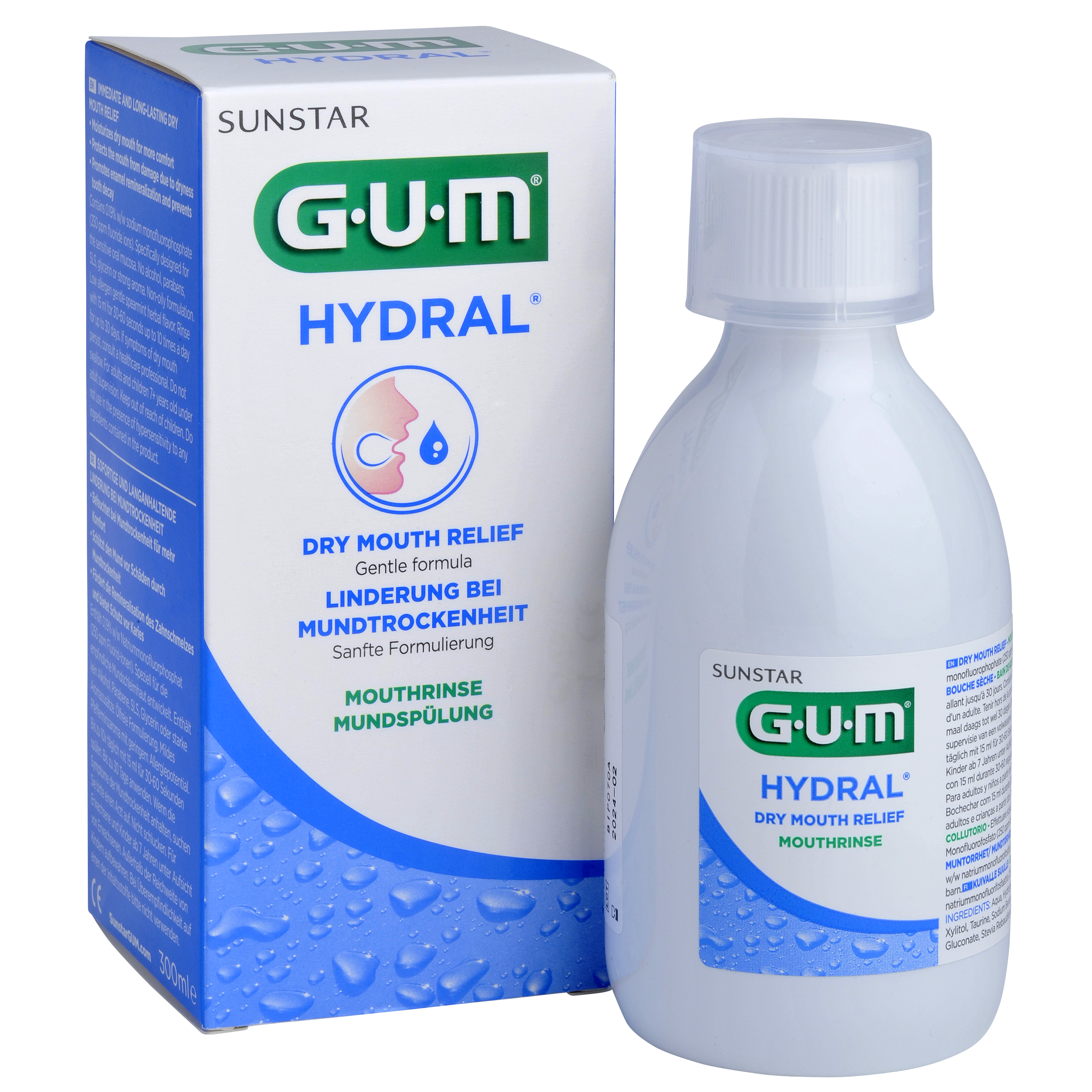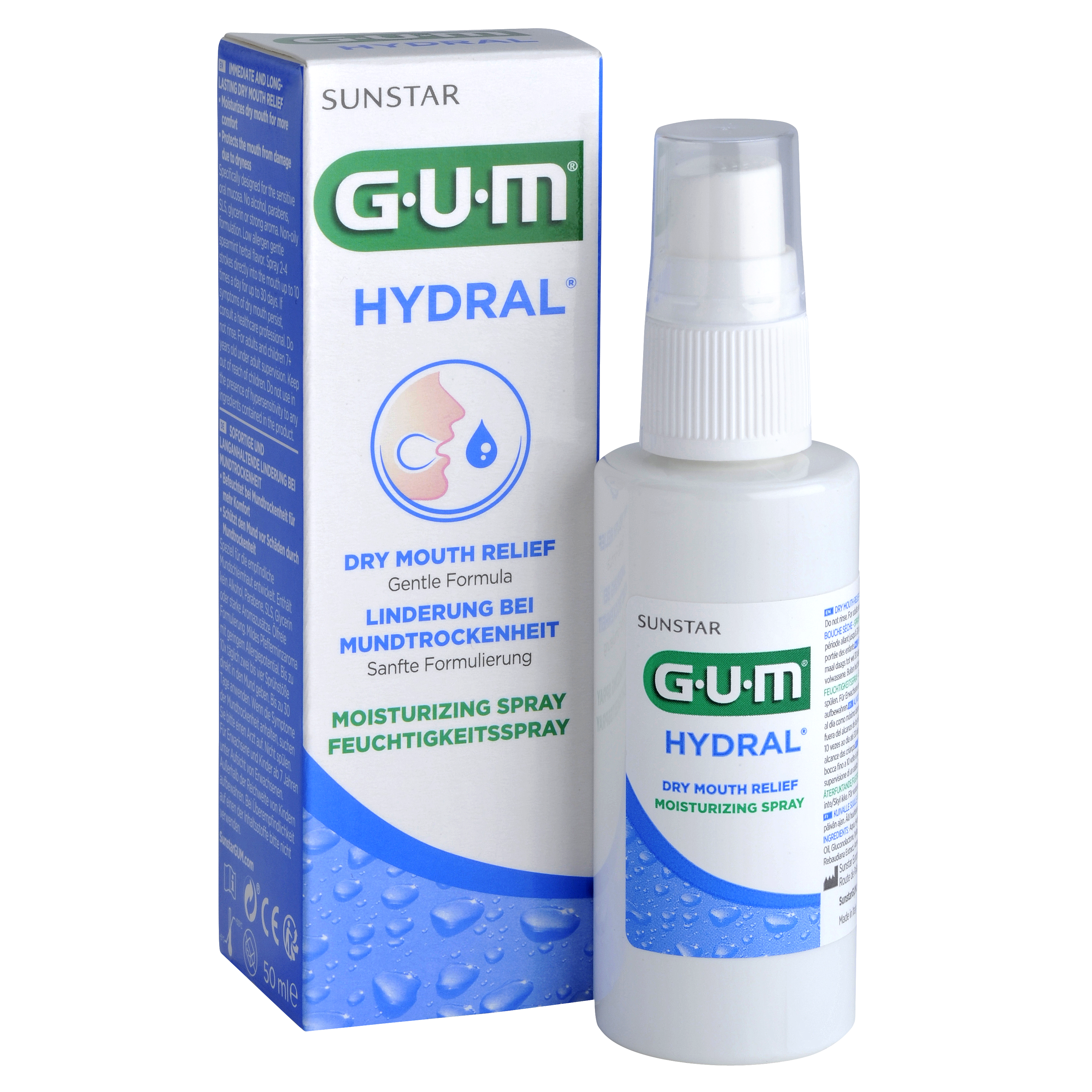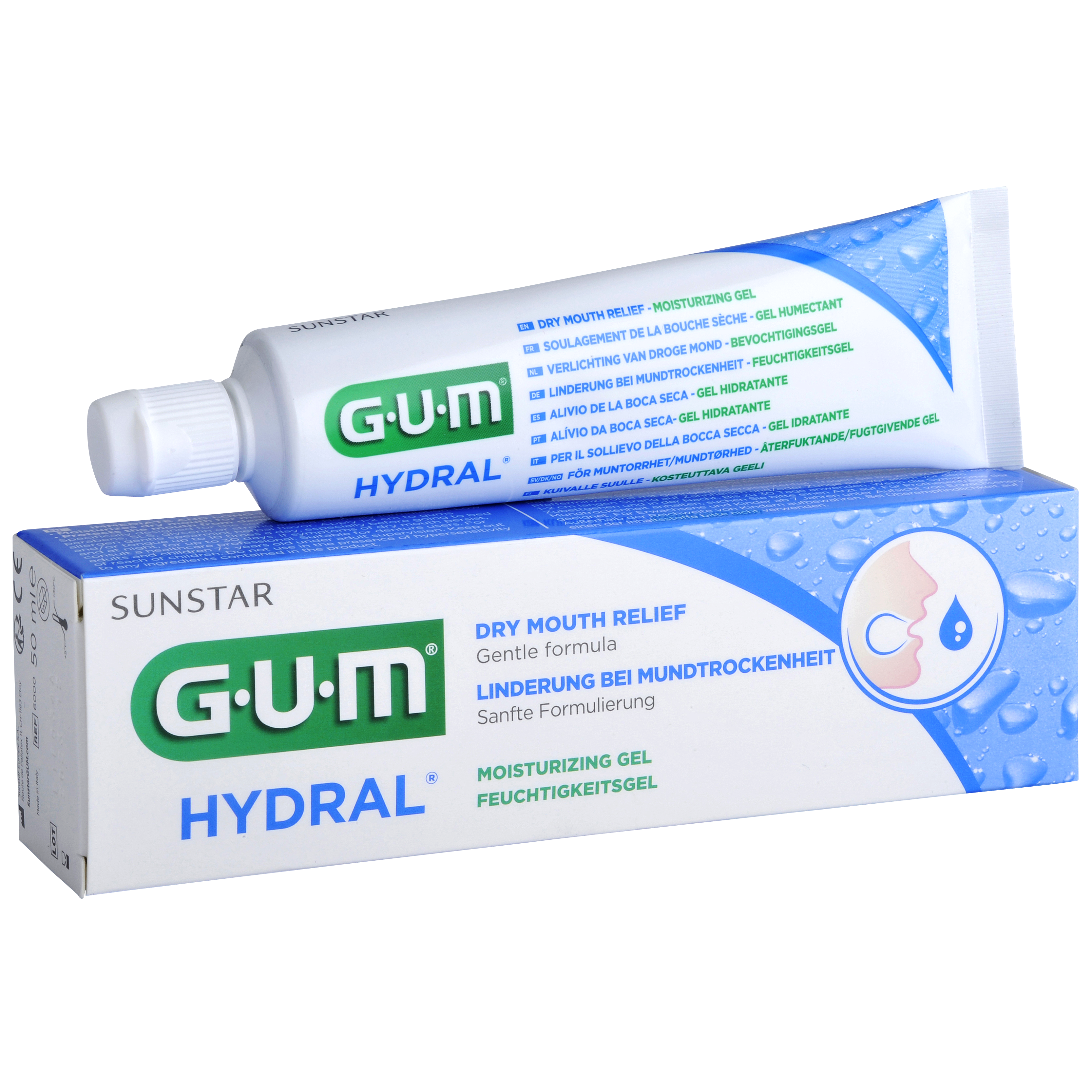Dry Mouth (Xerostomia) in Patients: Facts, Stats and New Research for Dental Professionals
It can cause a variety of negative impacts on sleep and mental health.
It is extremely common, affecting one in four adult patients.
It has no real cure.
It’s… dry mouth?

Despite a relatively mild reputation, xerostomia can be a surprisingly tough issue to tackle for dental professionals. Given the wide variance in severity and causes, it can be a puzzle to treat the condition and a debilitating experience for those suffering from it.
In this post, we’ll cover the extent of dry mouth symptoms, as well as new research surrounding its causes and potential treatments.
What is xerostomia, commonly known as dry mouth?
Before answering this question, it is imperative to understand the difference between the terms xerostomia and dry mouth, as they are not quite the same.
Dry mouth
Dry mouth is the layman’s term for xerostomia. However, dry mouth can have both an objective and a subjective definition.
Objective: hyposalivation
This is the result of hyposalivation or salivary gland hypofunction. There is real and measurable reduction in saliva production.
The dry mouth sensation can then occur when salivary glands aren’t persistently producing enough saliva. That glandular inactivity itself is not a disease, but rather a symptom, usually of an underlying health imbalance or a side effect of medication.
Subjective: xerostomia
Xerostomia, can occur with or without a reduction in saliva production. While xerostomia is a symptom of hyposalivation, patients can experience xerostomia without any occurrence of salivary gland hypofunction.
Xerostomia can arise from medical interventions such as prescription medications and radiation therapy. It is also associated with diseases such as Gougerot-Sjogren syndrome and other autoimmune diseases.
NB: The condition of dry mouth syndrome may refer to Gougerot-Sjogren syndrome which is an auto-immune disease that can affect salivary glands, although dry mouth is only one aspect of it.
A closer look at xerostomia
Xerostomia manifests commonly as dry feelings in the mouth and/or throat, but there are a host of other symptoms [1] that can more drastically impact the lives of those affected:
- Difficulty speaking, chewing or swallowing
- Thick, viscous saliva
- Insomnia
- Tooth decay
- Bad breath
- Cracked, split lips
- Frequent thirst
- Altered taste
Not exactly a life-affirming experience. A recent study on dry mouth [2] conducted by the University of Sheffield had startling results, showing “extensive impacts on physical, emotional (psychological) and social functioning.”
What causes xerostomia (dry mouth)?
Many factors can contribute to dry mouth, a fact that makes it more difficult to prevent and treat. Some of the potential causes of xerostomia include:
- Dehydration
- Medication
- Sjögren's syndrome
- Stress and anxiety
- Aging
- Tobacco or marijuana
- Cancer treatments
- Diabetes
- Sleep apnea
Helping patients understand xerostomia (dry mouth)
As widespread as it is, there’s a remarkable number of misconceptions surrounding dry mouth. It’s both familiar to patients and yet often misunderstood - perhaps due to the invisible nature of the symptoms. For dental professionals, clarifying and discussing dry mouth with patients means communicating the risks and causes of the condition without causing undue alarm.
This can begin with letting your patients know what to look out for and sharing a list of symptoms. When it comes to laying out the risks of dry mouth, different patients may require different approaches. Cigarette smokers, for example, may have become habituated to cases of dry mouth after inhaling tobacco, but they should still be informed about the risks of tooth decay propagated by the lack of saliva production. Other patients who are more anxiety-prone may not benefit from a long list of potential risks as they may interpret their occasional dry mouth as a symptom of a serious disease, which it is unlikely to be.

The latest research and science around xerostomia (dry mouth)
The University of Sheffield’s study is just one of the recent research initiatives into dry mouth and the link it has to deeper health issues. The National Institute of Dental and Craniofacial Research (NIDCR) has spearheaded a study into Sjögren's syndrome, [3] an auto-immune disorder that primarily affects the salivary glands and leads to severe cases of dry mouth. The NIDCR is trying to pinpoint how to treat the inflammation that causes a lack of salivary gland function, while also seeking to identify the genetic factors that lead to the development of Sjögren's syndrome.
While researchers are pursuing a more robust understanding of dry mouth, misdiagnosis is still a common issue. For instance, burning mouth syndrome (BMS), a painful medical condition, can easily be mistaken for dry mouth given the large symptom overlap. Despite the murky domain of diagnosis when it comes to dry mouth, the signs of progress through the comprehensive study are evident.
Another review concluded [4] that xerostomia mostly affects the middle-aged and elderly population. The most widely recognized reasons for xerostomia relate to drugs with anticholinergic characteristics, dehydration, diabetes, and radiotherapy.
A cross‐sectional study [5] concluded that the patients who reported xerostomia themselves were more probable to drink water in order to swallow food as compared with the patients without xerostomia. The frequency of xerostomia in patients consuming at least one or more medications was altogether starkly contrasted with medication‐free patients, and the contrast sharpened with expanding quantities of drugs utilized.
Helping patients overcome xerostomia (dry mouth)
While there is no universal cure for dry mouth, there are effective ways to help patients manage and treat their condition. The obvious one is to always carry a bottle of water and sip water whenever needed. Communication and shared understanding alone can help a patient identify opportunities to prevent dry mouth in their day-to-day lives. It’s often helpful to have them document their daily diet and habits to see if patterns or connections emerge.
Treatment for dry mouth generally begins with addressing the reason for dry mouth - checking the patient’s conditions and medication use thoroughly - before then recommending practical preventative steps and prescribing salivary substitutes and salivary stimulants. For cases where a patient is suffering from dry mouth, GUM® offers a line of solutions specifically designed to significantly alleviate symptoms and increase quality of life: GUM HYDRAL®. If dry mouth is recurring and significantly debilitating, patients should be referred to their doctor or dentist.
This condition tends to be an unpleasant one, made worse by the ambiguity that often surrounds it, but the professional dental community is learning more about its causes and treatments all the time. By providing your patients the best information possible, you’ll never leave them high and dry.



